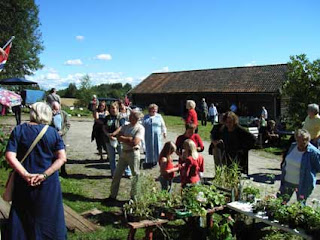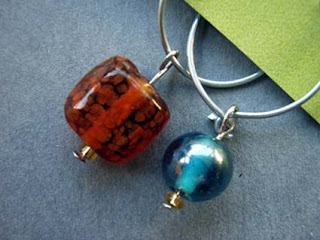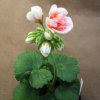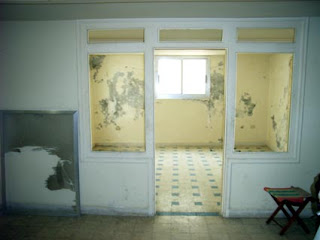After the hole in the wall was made, comes the discussion about the stairs.
"Maallem Maurice" was called since we decided to go for iron instead of wood for the support but to keep the stairs themselves in wood. The big discussion was the size of the stair and the distance between 2 stairs ... It took a lot of mathematics... a bit too much for two artistic brains !
But as far as Ibrahim Bassoul took the calculation in charge, we trust that the result will be satisfactory.



As "maallem Maurice" promissed, the pieces were ordered and ready on time. He needed to gather them on place, following the zig-zag line traced on the wall by Ibrahim Bassoul. As soon as he connected his equipments, surprise surprise... " takk el degenteur" ... the 5 amper electric board in the house is too little to boot the equipments and the electricity got cut.
At this stage, the only possibility is to postpone the work in the stairs till the electric board is changed to 20 ampere instead of 5, and this requires an application to be sent to the lebanese electric company.
We will keep you informed !


































